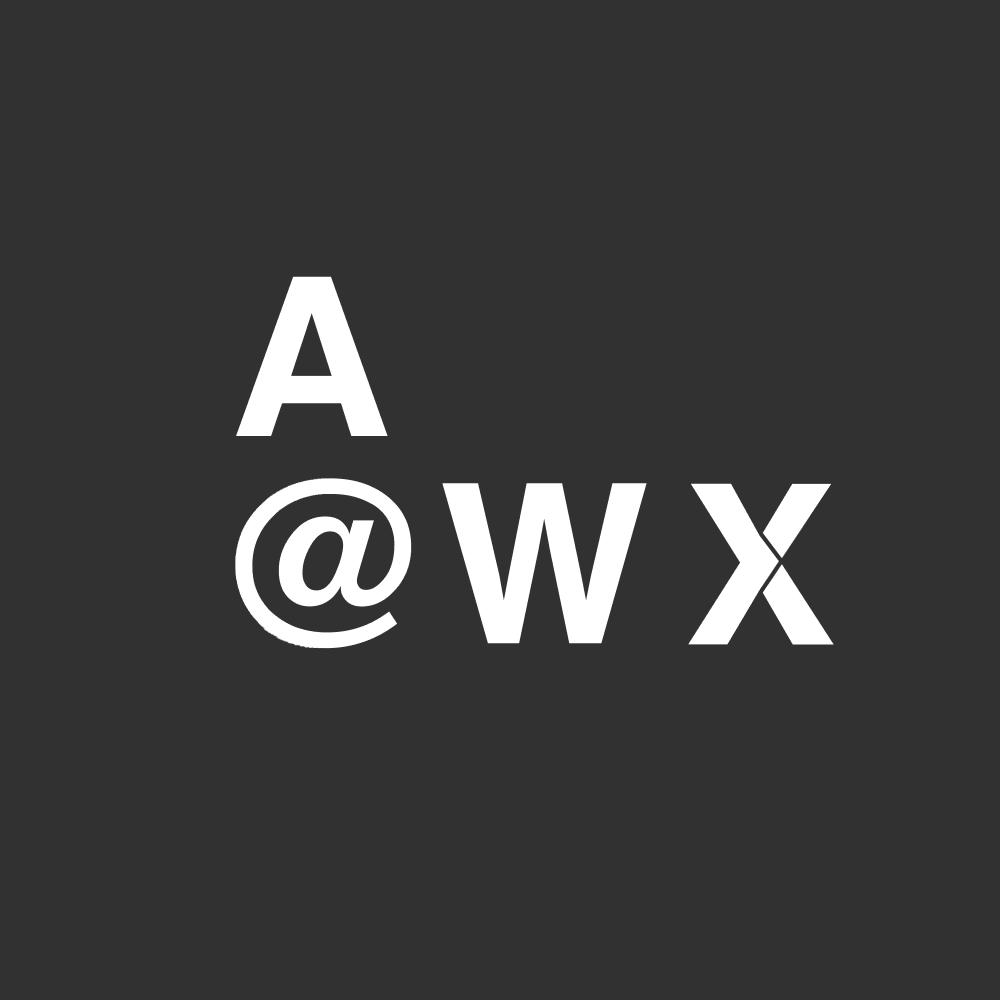Elif Tinaztepe: “Let's create ‘open’ buildings that can adapt over time”
This is an article by Michiel van Raaij (editor-in-chief Architectenweb), translated and slightly adapted by Jan Hoffman
In Dordrecht, a city and municipality in the Western Netherlands, the ‘Dordthuis’ opens its doors next year. This Dordthuis is a combination of a public library, a tourist information centre and municipal offices and service desks.
Elif Tinaztepe, architect and partner at Schmidt Hammer Lassen Architects (SHL), an international architectural firm founded by a group of Danish architects in 1986 in the city of Aarhus, treats us to a grand tour of this project at ARCHITECT@WORK. She and her team are responsible for the design of the largely wooden building. On Thursday 30 October 2025, at 1 p.m., Elif Tinaztepe will give a lecture in which she discusses the design of the Dordthuis. At the same time, she will also stress how buildings are used differently over time and how she anticipates this in her designs. A short interview in advance.


Elif Tinaztepe
Elif Tinaztepe is fascinated by how buildings are used differently over time. She has been working on the renovation and transformation of existing buildings for a long time and sees that it is becoming an increasingly important part of SHL's portfolio. “Of the four libraries I have worked on in recent years, three involved renovations and extensions”, says Elif. “Only the library in the Dordthuis is a new build.”
European Investment Bank in Luxembourg
A major project she is currently working on is the renovation of the European Investment Bank's buildings in Luxembourg. These are buildings from the 1970s and 1980s and the challenge is to appreciate them for what they are. “Isn't that what inclusivity is all about?”, she asks rhetorically.
At the same time, the buildings do need to be renovated, and she believes it is important to operate strategically in this regard. For her, this starts with an in-depth analysis of the existing buildings and jointly determining the principles and values that underlie the renovation. Only then does the actual design process begin. In the case of the European Investment Bank, this means that the existing buildings will be renovated while retaining their unique character. Additions will only be made where they are functionally necessary.

Historic photograph of the European Investment Bank in Luxembourg
Complete + open
Learning from the renovation and transformation projects, Elif strives for what she calls ‘complete + open’ in her building designs. “Buildings that are finished upon completion, but that are also open to what comes next”, she describes it. In other words, buildings that are tailored to their intended use upon completion, but whose design is also flexible enough to be easily adapted to new uses.
What you want to avoid at all costs are buildings that are ‘complete + closed’. She is very adamant about this: “Those kinds of buildings are actually no longer relevant upon completion.”

Dokk1 in Aarhus
Dokk1 in Aarhus
A good example of how she thinks it should be done, i.e. a ‘complete + open’ building, is Dokk1 in home town Aarhus. Its design not only accelerated her own career, but also meant a lot in the creative development of SHL. Dokk1 is a hybrid of urban space and building. It contains a public library, municipal offices and television studios, but also includes all kinds of other places and spaces for all sorts of cultural organisations and initiatives in the Danish port city.
Elif describes it as a covered public space, but also as a framework for constantly changing programmes. “It almost functions as a frame in which you can place or hang all kinds of things. It is an active landscape.” Crucial to the success of the building is that the client has embraced this flexibility and enjoys programming the spaces in different ways.
The building also exudes its public character and flexibility. Wide ramps and stairs draw the public space inwards, where it is further ‘folded’ into a building with more wide ramps and stairs. The way in which the spaces have been designed - sometimes somewhat raw and abstract but not too much so - supports the feeling of publicness. On the large floor areas, the various functions claim their place with bright colours and graphics.

Dokk 1 in Aarhus
Dordthuis
The public building she has designed in Dordrecht will also be a ‘complete + open’ building, but according to Elif, in a very different way from Dokk1. “The publicly accessible areas of the Dordthuis remain open and can therefore be programmed differently. There are very specific functions in the rest of the building with other requirements that are more fixed for the time being,” she explains. “For me, the Dordthuis is ultimately much more about connection and the journey across six floors, and the feeling of freedom and the possibilities that come with it.”
“The voids in the building connect the different floors and users. They invite you to explore the building and the different spaces. You have different views of the city. There is even a lush and fairly large ‘secret garden’ that is accessible from the second floor of the building. At the same time, the Dordthuis is also about the connection with the surrounding streets, how the building gives a boost to its surroundings, and how it connects the old town centre with the station area...”

Dordthuis in Dordrecht
Wood and other bio-based materials
The flexible ‘complete + open’ column construction of the Dordthuis is largely made of wood. To limit the CO2 emissions of her designs, she prefers to design in wood and other bio-based materials. Only the bottom two layers are made of concrete. “In the event of a flood, which we hope will never happen, the municipality wants to be able to coordinate that situation from this building.”

Dordthuis in Dordrecht